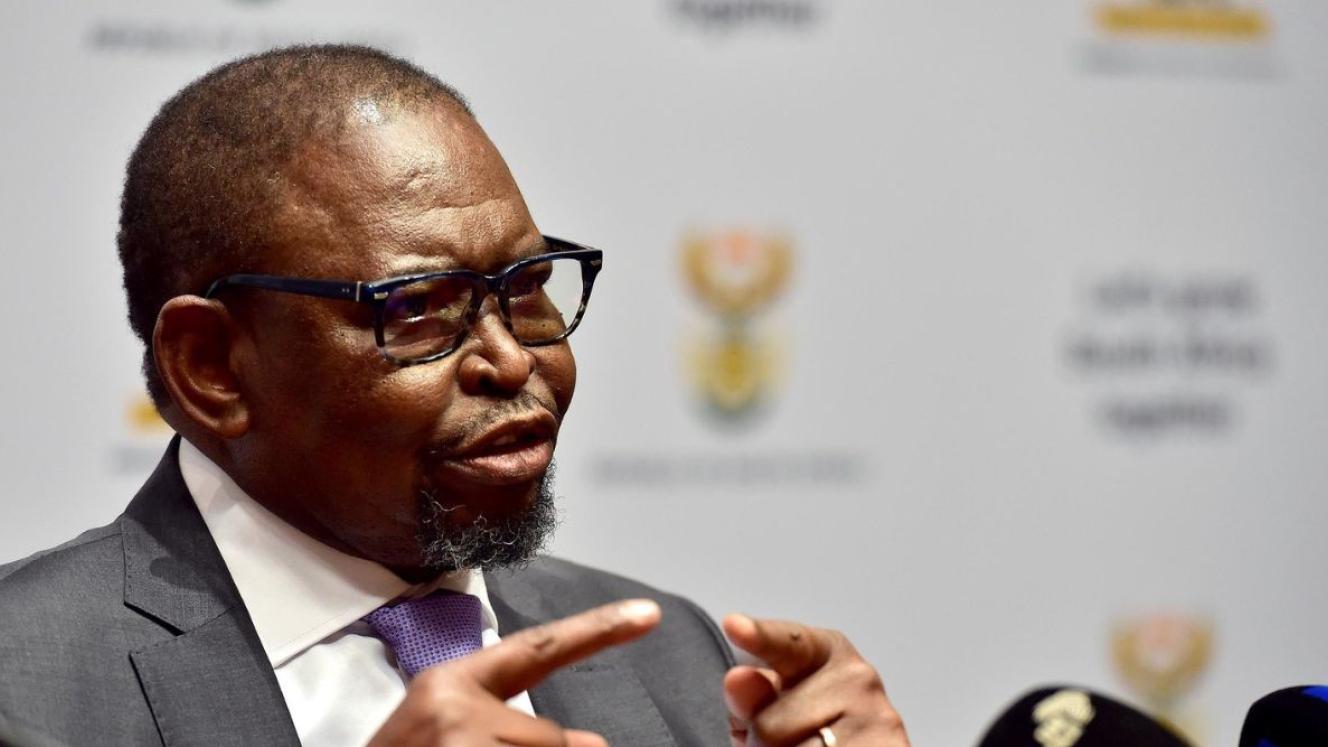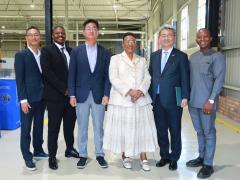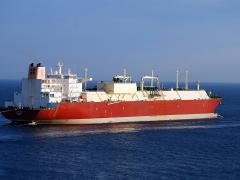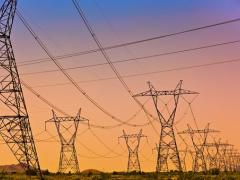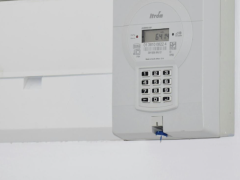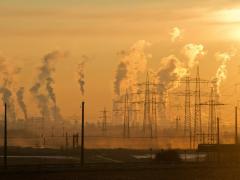South Africa’s Integrated Resource Plan (IRP 2025) has drawn sharp criticism from several leading energy analysts who argue that the plan’s allocation of 6 000 MW of gas-to-power and its inclusion of new nuclear capacity do not align with least-cost modelling.
Energy consultant Frank Spencer, CEO of SGB.Earth, says he is “surprised” by the scale of gas proposed and by the slower pace of coal decommissioning. “In my personal view, the inclusion of gas and nuclear is likely an appeasement to influential lobby groups within government,” he says. “Nuclear is just too expensive, risky and complicated. It simply doesn’t make commercial sense in any scenario.”
Spencer notes that, while small modular reactors (SMRs) are being promoted internationally, they remain unproven at commercial scale. “SMRs are extremely expensive at present. I think nuclear is a nod to the nuclear lobby and I don’t think it will ever get built,” he says.
He raises similar concerns about gas. “South Africa has no domestic supply, no pipelines to major demand centres and no import terminals that could be built in time to meet IRP ambitions. Building gas infrastructure would be massively expensive. Solar and batteries can do the same job, if not better, with lower risk and without a massive pipeline network.” The IRP correctly identifies renewables as the primary source of new energy, he adds.
Chris Yelland, MD of EE Business Intelligence, says several least-cost, climate-aligned studies point in a different direction from the IRP. These include analyses by the Development Bank of Southern Africa (DBSA), the Presidential Climate Commission, the National Planning Commission and National Treasury’s SA-TIED study published on November 5. These studies significantly reduce or eliminate gas allocations and exclude nuclear altogether. Independent energy analyst Clyde Mallinson’s modelling similarly removes coal, gas and nuclear in favour of renewables supported by battery storage.
“Building 6 000 MW of gas-to-power by 2030 is highly unrealistic and virtually impossible,” Yelland says, citing Eskom’s Medium-Term System Adequacy Outlook for 2026-2030. He notes that the Matola LNG terminal in Mozambique and the Richards Bay LNG terminal and associated pipelines are unlikely to be operational before 2032 or 2033. “This will mean massive load shedding in 2029 unless we build more wind, solar and battery storage.”
Even the DBSA model overestimates future costs of renewables and batteries, saying cheaper storage would further reduce the need for gas, adds Yelland. He also questions the justification for nuclear. “The nuclear argument is that we need it to meet our carbon-reduction commitments. Yet the DBSA study and Mallinson’s model show that South Africa does not need nuclear to meet its climate ambitions.” While noting nuclear’s low operational CO₂ emissions, he says it is “not a clean technology” due to high-level radioactive waste.
Mallinson’s modelling shows that nuclear is long to build, inflexible and expensive, and that adding it to the IRP increases system costs by at least R100 billion per year. On gas, he argues the IRP artificially creates an “anchor tenant” for LNG imports by requiring a 6 GW gas fleet to run at a 51% capacity factor. “This props up a gas industry that has no viable local supply and faces huge infrastructure costs,” Yelland says.
The IRP reflects outdated assumptions. “We are moving from an era of trying to supply a fixed demand to an era of adapting demand to abundant renewable generation. If we embrace that future, we can build a system that is cheaper, cleaner and able to eliminate energy poverty. If we don’t, we will spend R250 billion a year more than necessary – and get far less.”

